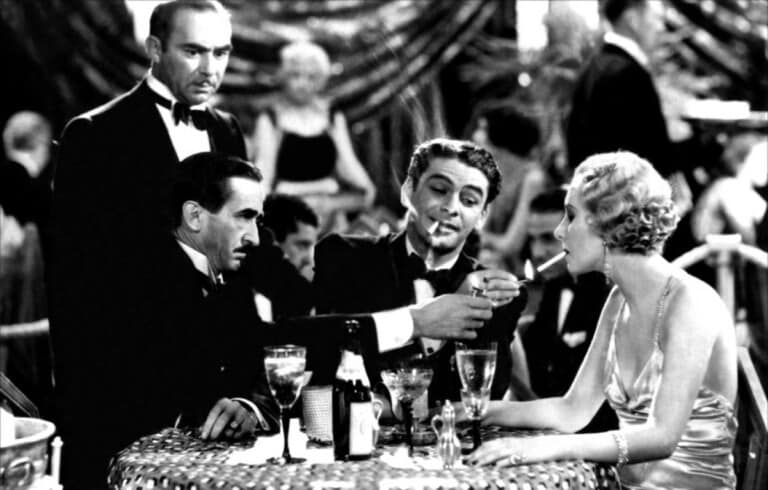Organization of the Repression
With John Edgar Hoover, the FBI had certain successes in its fight against Organized Crime. The FBI was/is a federal agency that could/can work across the territory. Police forces were sometimes ill-trained because they faced very well organized murderers.
1933 saw the creation of the Bureau of Investigation (Justice), the Prohibition Bureau (Department of the Treasury and eventually to the Department of Justice), and the Bureau of Identification.
The FBI emphasized figures to receive more subventions and for the training of policemen, the FBI became a kind of police academy.
The codes of appearances tell the fall or rise of the gangster. It is sometimes wrong: they can die very well-dressed. Banquets are social rituals, as well as funerals.
In Little Caesar, once they killed someone they would attend his funerals very well dressed. Repression is a spectacle in a way: FBI and politics of prestige.
President Hoover used the media a lot: he collaborated with the media and the movie industry to create a positive image of the war on crime. The Kefauver hearings were televised for the first time. In a way, it was a show.
The cinema was the major medium to picture Organized Crime. Ten years later, TV would be a great threat to movies. Hearings were televised live: immediacy and power.
Organized Crime was in the streets and on the screens: dialectic between expression and repression. New forms of expression both in reality and in fiction.
When Hollywood involved censorship, it became an indirect form of expression but it was still depicting Organized Crime.
The image of America on screen is that of a country in which morality should impose images. Always new forms for gangsters on film even if censorship was present.
Censorship in the States
Censorship is not supposed to take place in the U.S. because of the 1st and 4th Amendments about the freedom of speech. Yet, the cinema was not considered as a means to convey ideas but as a commercial enterprise.
There was no federal censorship, it is an external thing which appears after the film. Self-regulation concerns major and minor companies: they had to respect the code before the movies were released.
The code was supposed to function within Hollywood in the best conditions. It did not work at the beginning but in 1934, the code started having teeth.
During the Great Depression, Hollywood tried to produce films attracting people, with more violence and sex innuendos (“fallen women” cycle: they use their charms to achieve their goals).
Those films were condemned by the Protestants, the Catholic conservatives, and the Church, who all had a spark of desire for censorship. The code was enforced due to the pressure of the Catholics, concerned with the morality of the society.
Check more information about the Motion Picture Production Code (Hays Code) of 1930.
Synopsis » Organized Crime in America during the Prohibition (1929-1951)
- Evolution of Organized Crime
- Organized Crime : Expression and Repression
- Organized Crime and the Prohibition
- Organized Crime in America
- Organized Crime: Repression and Censorship

